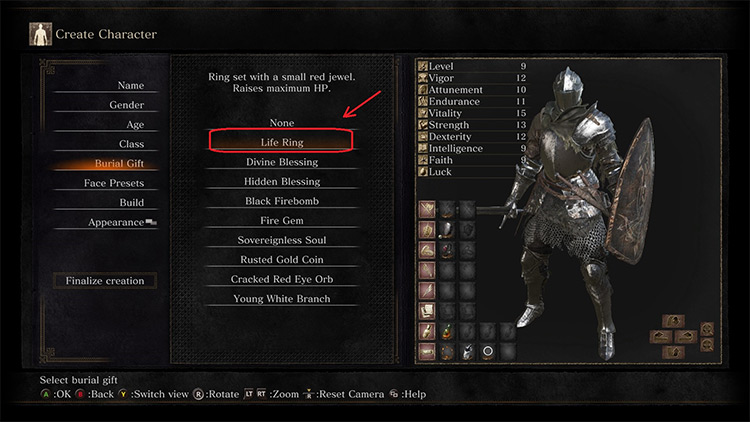

In order to find out how the game performs on a variety of CPUs, we simulated a dual-core and a quad-core CPU. However, those with these particular CPUs will not be able to enjoy the game. FromSoftware lists an Intel Core i3-2100 as a minimum CPU and an Intel Core i5-2500K as a recommended CPU. Now while the game is easy on the GPU side, it appears to require more than four CPU threads in order to be properly enjoyed.

While some users reported various frame pacing and/or stuttering issues, we did not experience any (with the exception of some stutters during the in-engine cut-scenes whenever the camera was changing). Sekiro: Shadows Die Twice is locked at 60fps and most of our graphics cards were able to offer a smooth 60fps experience at 1920×1080 on Max settings. Let’s start this time with our GPU benchmarks.


Furthermore, and contrary to Dark Souls 3, Sekiro: Shadows Die Twice also features proper K&M on-screen prompts. PC gamers can adjust the quality of Textures, SSAO, Depth of Field, Motion Blur, Shadows, Lighting, Effects, Volumetric, Reflections, Water Surface and Shaders. NVIDIA has not included any SLI profile for this title in its latest drivers, meaning that our GTX690 behaved similarly to a single GTX680.įromSoftware has added a respectable amount of graphics settings to tweak. The game has just been released so it’s time now to benchmark it and see how it performs on the PC platform.įor this PC Performance Analysis, we used an Intel i7 4930K (overclocked at 4.2Ghz) with 16GB of DDR3 RAM at 2133Mhz, AMD’s Radeon RX580 and RX Vega 64, NVIDIA’s RTX 2080Ti, GTX980Ti and GTX690, Windows 10 64-bit, GeForce driver 419.35 and the Radeon Software Adrenalin 2019 Edition 19.3.3. Developers by the creators of the Dark Souls series, Sekiro uses an enhanced version of the engine that was used in Dark Souls 3. Sekiro: Shadows Die Twice was one of the most anticipated games of 2019.


 0 kommentar(er)
0 kommentar(er)
